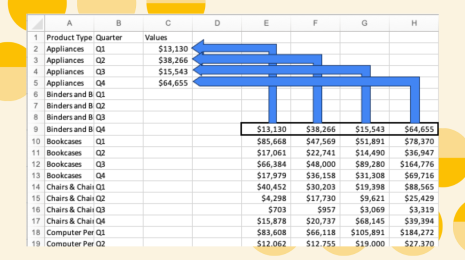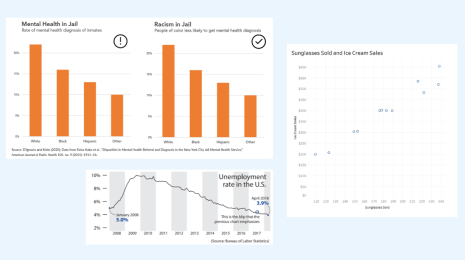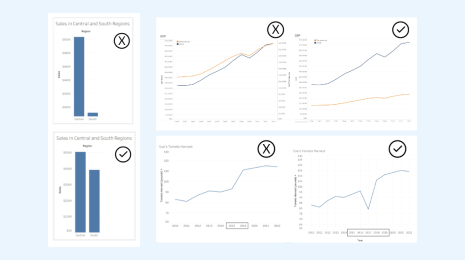Data literacy : A critical skill for the 21st century

A version of this article was originally published on EyeSeeData.com
Many of us learned to count, read, and write numbers before we mastered the complexities of the alphabet and the written word. We are flooded with facts and figures every day, but how well do we understand the meaning behind all those numbers? The ability to derive meaningful information from data is called data literacy. By the year 2020, Gartner expects that 80% of organizations will start to roll out internal data literacy initiatives to up-skill their workforce.
To demonstrate how data literacy applies to real life, let me start by asking you a simple question about the weather, or more specifically about tomorrow’s rain forecast. Take a look at the weather forecast below; it’s characteristic of the format that the Bureau of Meteorology uses down here in Australia. Your local format might vary.

Consider the three green colored numbers related to rain. What do these numbers tell you?
Which is of these do you think is correct?
- 60% chance of rain between 2mm and 10mm
- 60% chance of rain in a 24 hour period
- 40% chance of rain less than 2mm
These answers represent three crucial data elements describing two simple events—the chance of rain and the rainfall amount. When I conducted this non-scientific survey in the office, the majority answered this question incorrectly.
The correct answer is B. Read the full explanation here.
This was not intended to be a tricky question, but despite its simplicity, it still required a level of literacy specific to weather forecasting. This example illustrates that often data and numbers are more difficult to understand than we initially expected. It also demonstrates that data literacy is not just the ability to read the numbers, but the ability to find meaning in the numbers.
New breed of data-focused companies spearhead data literacy
While most companies are still trying to figure out how to makes sense of their data, a new breed of data-focused companies is sprouting all around us.
The new breed of companies go beyond solely recording transactions or even recommending new products. They use data to predict and influence your next action. Simply put, data is the key to future-proof your business. This level of reliance on data requires everyone in your organization to be data literate. This skill is needed to support not only fact-based decision making but to enable users to explore and experiment with data to uncover future opportunities. There is no disagreement about the impact of data, a trend which is not going to slow down anytime soon.
In the same way that literacy contributed to human progress over the last few hundred years, data literacy will be essential to keeping you and your organization relevant in this century. What is even more important, is that making sense of data is no longer just a skill of data scientists and technology experts, but it is an essential skill for the rest of us. Universities and colleges are educating data scientists as fast as they can to satisfy the growing need. At the same time, not all jobs require hardcore data science skills, but what is desperately needed is for every employee to be data literate to participate in and contribute to the data economy.
Overcoming the ‘report factory’ mentality
On the surface, based on the definition earlier in this post, data literacy is important because it allows us to understand numbers, charts, and graphs created by others. However, that is only part of the story. Just because data is presented in a pretty chart, it doesn’t automatically mean that it’s easy to comprehend or that it should be trusted. Understanding of where the data came from, how it was collected, and how it was analyzed and visualized are all essential elements of data literacy.
What is even more critical is that the data presented is of benefit to your company. Too often, I talk to organizations that are drowning in the ever-growing number of reports and are mostly disappointed by the lack of expected or promised insights from their data. Data literacy skill is needed to determine which content is valuable and meaningful material.
At this level, data literacy is critical for data exploration and discovery. It’s about asking and answering questions from your data. And following the data exploration stage, users need to visualize the results for understanding, share their conclusions with a broader audience, and create a narrative around the findings. In addition to the process of data analysis, data literacy skills encompass the ability to clean and prepare data for analysis. All the while casting a critical eye on the outcomes.
Promoting data literacy culture
Promoting data literacy in organization starts with culture. Organizations need to establish data-first cultures that encourage the use of data, with strong support for the use of facts in decision making and a culture that celebrates curiosity and critical thinking. Creating this type of culture requires a combination of the right technology and the right people. And recruitment will be one of the first areas where we see this shift taking place, as companies hire data-driven employees who champion the use of data throughout their organization.
This journey will be uncomfortable at times, but one we need to embrace. Humans more than machines will oppose this change, but one thing is clear, it needs to start from the top. Leadership teams need to believe in it, promote it and live by it. Data literacy is a new language, and we all need to be fluent in it. With data everywhere, it will become the means of communication between IT and business, between the citizen data scientists and the domain experts.








